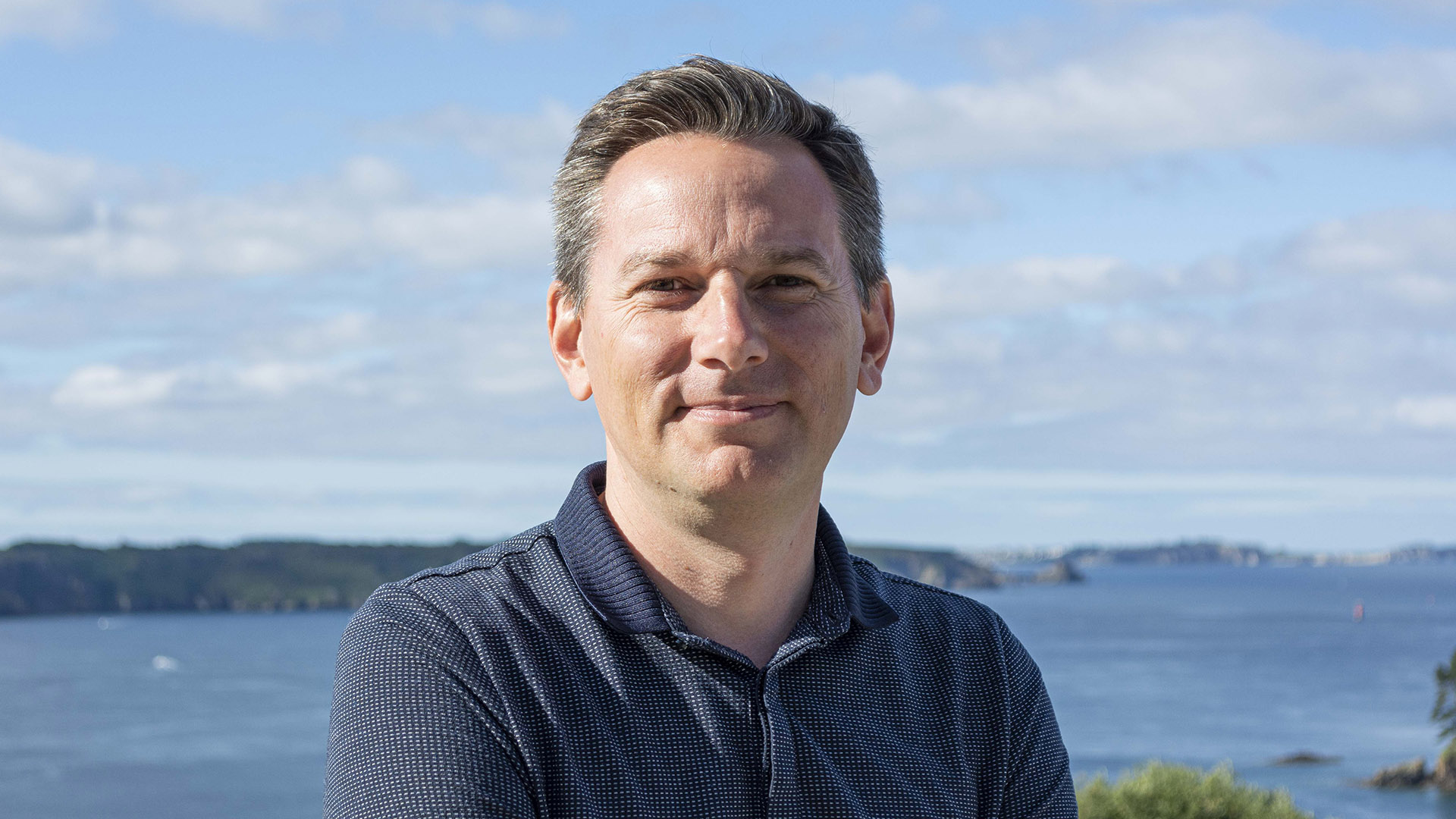
Johann LAVAUD
Écophysiologie des microalgues / Ecophysiology of microalgae
Chargé de recherche
CNRS

Écophysiologie des microalgues / Ecophysiology of microalgae
Chargé de recherche
CNRS
Laboratoire LEMAR
Panorama
02 98 49 87 95
Publications :
Research Topic in Frontiers in Photobiology : Illuminating the photobiology of diatom microalgae: Advances and challenges
Mes recherches concernent la photobiologie et la productivité photosynthétique des différentes formes de vie des microalgues diatomées (planctoniques, benthiques, sympagiques), en particulier dans les environnements extrêmes où elles dominent la production primaire marine : sédiments des vasières intertidales estuariennes et systèmes polaires (banquise, lisière des glaces et pleine mer). Mes recherches intègrent une approche couplée terrain/laboratoire et monitoring in situ/expérimental.
My research activities deal with the photobiology and photosynthetic productivity of different growth forms of diatom microalgae (plankton, microphytobenthos, sea-ice habitat), especially in extreme environments where diatoms dominate the marine primary production : sediments of estuarine intertidal mudflats and polar ecosystems (sea-ice, marginal ice zone and open water habitats). My research activities use an approach coupling fiel/lab and in situ monitoring/experiments.
Quelques publications récentes / Some recent publications :
Sur les vasières et le microphytobenthos / On mudflats and microphytobenthos :
-Méléder V., Savelli R., Barnett A., Polseneare P., Gernez P., Cugier P., Lerouxel A., Le Bris A., Dupuy C., Le Fouest V. & Lavaud J. (2020) Mapping the intertidal microphytobenthos Gross Primary Production. Part I: coupling multispectral remote sensing and physical modelling. Frontiers in Marine Science.
-Barnett A., Méléder V., Dupuy C. & Lavaud J. (2020) The vertical migratory rhythm of intertidal microphytobenthos in sediment depends on the light photoperiod, intensy and spectrum:evidence for a positive effect of blue wavelengths. Frontiers in Marine Science.
-Blommaert L., Lavaud J., Vyverman W., & Sabbe K. (2018) Behavioural versus physiological photoprotection in epipelic and epipsammic benthic diatoms. European Journal of Phycology.
Sur l’Arctique et les diatomées polaires / On Arctic and polar diatoms :
-Croteau D., Lacour T., Schiffrine N., Morin P.-I., Forget M.-H., Bruyant F., Ferland J., Lafond A., Campbell D.A., Tremblay J.E., Babin M. & Lavaud J. (2022) Shifts in growth light optima among diatom species support their succession during the spring bloom in the Arctic. Journal of Ecology.
-Morin P.-I., Lacour T., Grondin P.-L., Bruyant F., Ferland J., Forget M.-H., Donaher N., Campbell D.A., Lavaud J. & Babin M. (2020) Response of the sea-ice diatom Fragilariopsis cylindrus to simulated polar winter darkness and spring-like return to light. Limnology & Oceanography.
-Masicotte P., (…), Lavaud J., (…), & Babin M. (˃100 auteurs) (2020) Green Edge ice-camp campaigns: understanding the processes controlling the Arctic phytoplankton spring bloom. Earth System Science Data.
Sur la photosynthèse des diatomées et des microalgues / On diatoms and microalgae photosynthesis :
-Lacour T., Babin M. & Lavaud J. (2020) Diversity of xanthophyll cycle pigments content and related non-photochemical quenching (NPQ) among microalgae: implications for growth strategy and ecology. Journal of Phycology.
-Buck J., Sherman J., Rio Bartulos C., Serif M., Halder M., Henkel J., Falciatore A., Lavaud J., Gorbunov M., Kroth P.G., Falkowski P.G. & Lepetit B. (2019) Lhcx proteins provide photoprotection via thermal dissipation of absorbed light in the diatom Phaeodactylum tricornutum. Nature Communications.
-Lepetit B., Gélin G., Lepetit M., Sturm S., Vugrinec S., Rogato A., Kroth P.G., Falciatore A. & Lavaud J. (2017) The diatom Phaeodactylum tricornutum adjusts NPQ capacity in response to dynamic light via fine-tuned Lhcx and xanthophyll cycle pigment synthesis. New Phytologist.

 Corentin BAUDET
Corentin BAUDETNotifications